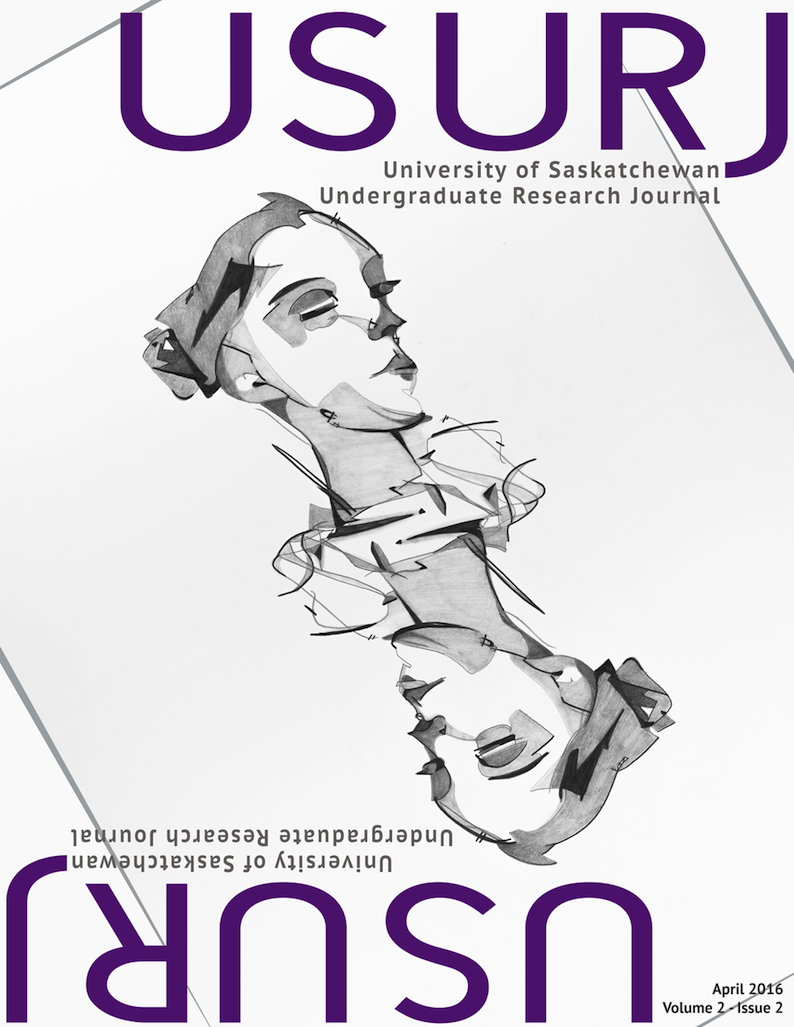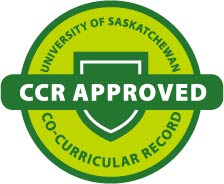Addressing a Northern Food Crisis: Process Evaluation of Nutrition North Canada
DOI:
https://doi.org/10.32396/usurj.v2i2.145Keywords:
Process Evaluation, Nutrition North Canada, food insecurity, northern communitiesAbstract
Inflated food costs are a contributing factor to food insecurity in isolated communities of Canada’s North. To increase the affordability and accessibility of healthy food in Northern communities, a federal government program Nutrition North Canada (NNC) offers retail-based subsidies on select nutritious foods shipped by air. In this paper, I integrate methods of process evaluation to determine whether or not the program components of NNC, such as the defined target population and subsidy design, are sufficient to achieve the intended program outcomes of increased affordability and accessibility of nutritious foods. A literature review drawing on government documents and journal articles outlines the setting of northern food insecurity and defines an inventory of NNC program components. Media articles published between 2011 and 2015 provide context and draw focus to specific implementation issues drawn from the NNC program. The process evaluation for this paper examines these documents for examples of inconsistency within the NNC program’s target, design, and structure that will affect successful program implementation and delivery. My results focus on inadequacies in the structure of the community eligibility target, subsidy design, and compliance reports. I conclude with recommendations on revising and strengthening these components, to ensure that the Nutrition North Canada program can reach its key goal of increasing the affordability and accessibility of healthy foods in isolated northern communities that do not have year-round marine and/or ground transport.
Downloads
Published
Issue
Section
License
Articles: USURJ’s current Publication Agreements apply a Creative Commons Attribution-NonCommercial License (CC-BY-NC) by default. The CC BY-NC license lets others remix, tweak, and build upon work non-commercially. The author(s) can choose a different CC license, as outlined in https://creativecommons.org/about/cclicenses/. Please see the PDF for each article to determine what license is applied to that article. Author(s) can also request to reserve all copyright (All Rights Reserved). If there is no indication for articles published before September 2020, assume the author retains all rights beyond those necessary for publication by USURJ. All articles published after September 2020 will apply one of the aforementioned CC licenses. See the Publication Agreement under the Submission Preparation Checklist or Author Guidelines for more information. Artwork: All copyright for the original artwork remains with the artist unless they wish to apply a Creative Commons (CC) license to the artwork. Please see the PDF for each artwork to determine what license is applied to that artwork.







